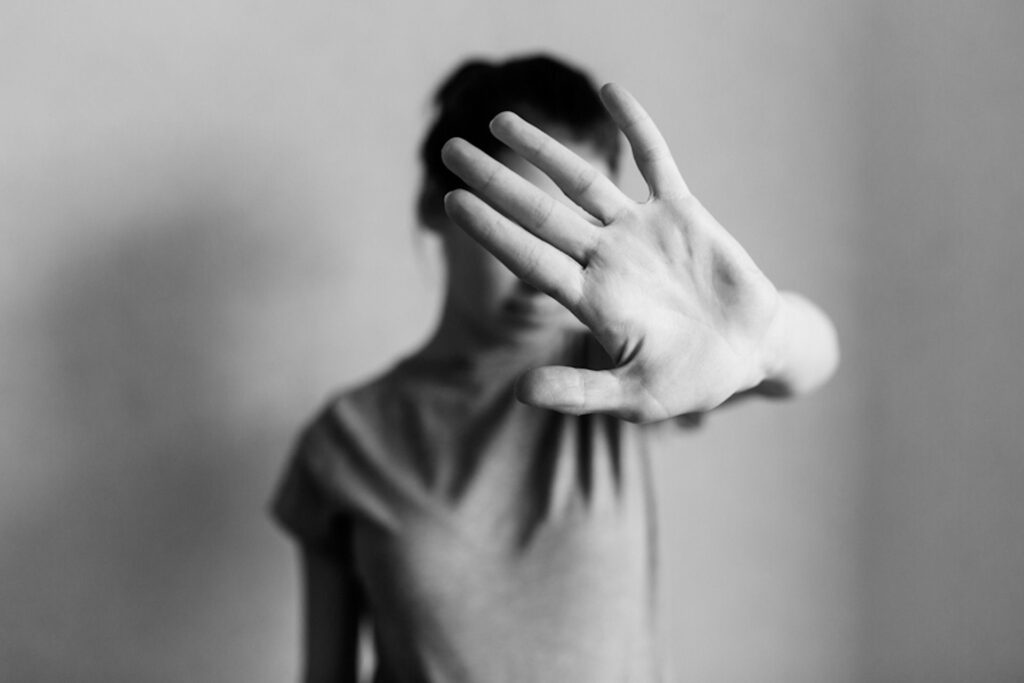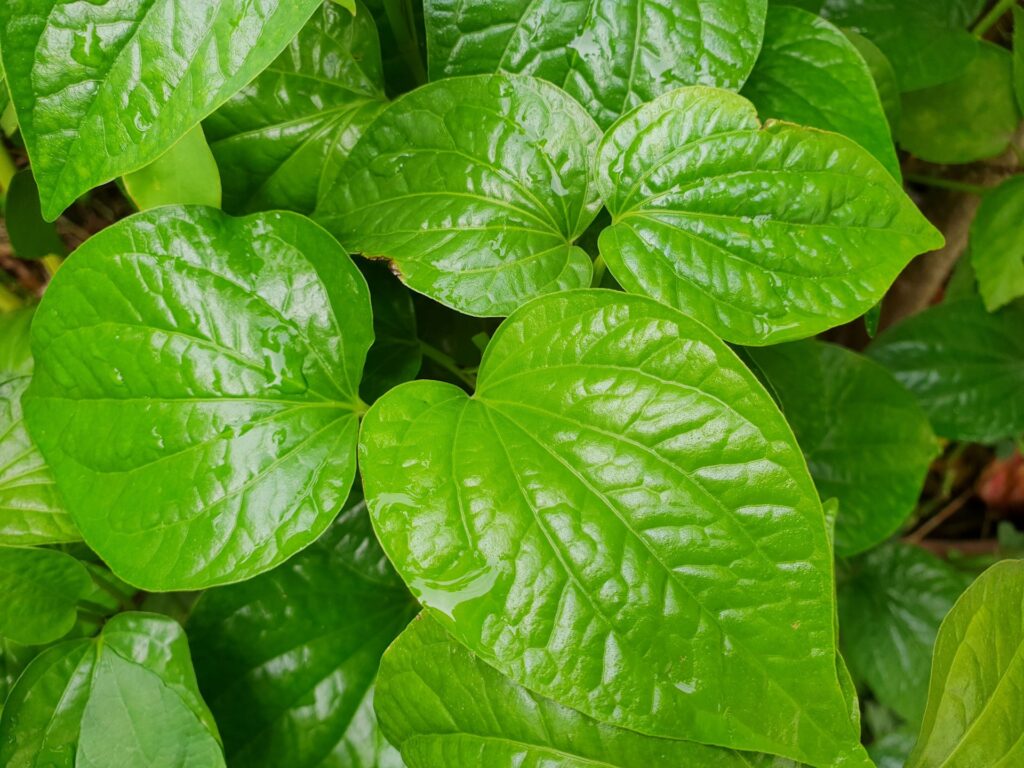When lawmakers during the early 20th century realized the harmful effects of abusive substances, they felt it was best to ban these drugs to ensure no one gets their hands on them. Unfortunately, history shows that when you ban something that everyone wants, it will only make people want to get access more through secret methods. Here are examples of moments in history where the prohibition of drugs and alcohol occurred.
Prohibition of Chewing Tobacco
In the early 20th century, chewing tobacco was known for spreading tuberculosis and other diseases around. Because of the dangers, people would move to cigarette smoking. In 1921, cigarettes were prohibited in 14 states and there were 92 anti-cigarette bills in consideration in 28 state legislatures. Even though cigarettes were illegal in 14 states, the cigar business was still booming. In 1901, four out of five men would smoke one cigarette a day and tobacconists sold 6 billion cigars a year.
The tobacco prohibition was repealed in 1927 after Kansas repealed its restrictions. The alcohol prohibition has been around since the 1900s by the Women’s Christian Temperance Union, anti-saloon leagues, and allied anti-alcohol crusaders. In December 1917, Congress passed the 18th amendment. It was ratified by three-fourths of the 48 state legislatures 13 months later.
Prohibition of Alcohol
From 1920-1933, manufacturing, selling, and consumption of alcohol was prohibited. According to History.com, while there may have been a decline in arrests for drunkenness and a 30% drop in consumption, it did not mean problems were over. People continued to illegally manufacture and sell liquor. Additionally, speakeasies were popular. These were stores and nightclubs that sold alcohol. People would smuggle alcohol across state lines as well as people making their own liquor in their own homes. Infamous gangster Al Capone would make $60 million annually from bootlegs and speakeasies.
The high prices of bootlegs affected the working class and the poor such as the costs for law enforcement, jails, and prisons. In 1932, people liked the idea of jobs and revenue coming into place if the government legalized the liquor industry. When Franklin Delano Roosevelt became president, he ended prohibition and in February 1933, Congress proposed the 21st amendment to repeal the 18th amendment. By 1966, the United States government abandoned all alcohol bans.
Marijuana
Marijuana was another drug that had prohibition laws in the early 20th century. There would be tea pads that were like speakeasies but for marijuana smokers and it would only cost a quarter to smoke it there. Marijuana would be harvested from supplies in Staten Island, New Jersey, and other states nearby. From North Africa, it would be more potent and expensive. In 1929, there was a Louisiana Law of a $500 fine or six months of jail time for selling or possessing marijuana.
In 1937, The Marijuana Tax Act began recognizing its medicinal uses but a tax would be imposed on distributors. Physicians, dentists, and veterinarians would have to spend a dollar a year for the right to prescribe medicinal marijuana to their patients. Druggists would spend $15 for the annual licensing fee with growers spending $25 in tax. Importers, manufacturers, and compounders would spend $50 a year to continue their business.
Congress would also pass serious penalties for second, third, and other offenses to previous offenders. In 1939, the federal government created a vehicle seizure law that would confiscate any cars used to transport drugs in violation of federal laws. Because the awareness of addiction was going stronger, states were not going to take chances ever since the 1970s. In Georgia, selling marijuana to a minor would mean life imprisonment even if first offense and second offense would be punishable by death.
Opiate and Narcotics
In 1956, the government raised the federal penalty minimums. For example, you risk being in jail for at least two years for a first offense and five years for a second offense. These laws would be identical to opiate laws. The 1956 Narcotic Control Act placed travel restrictions on narcotics where the penalty would be more than a year in prison and cannot leave from or enter the United States without registering with U.S. Customs.
Even with all of these restrictions, Americans were still finding new drugs to domesticate and use. If something was illegal and hard to get their hands on, that illicit drug would be replaced with something more easily accessible and cheaper. History proves that banning drugs is not going to help fix addiction. People with addiction will use illegal methods to acquire the drugs. There must be an awareness of drug addiction and drug treatment. People need to know how to handle your cravings.
Get Treatment for Addiction Today
Many substances are still illegal today, though many people still struggle with addiction to them. Moreover, substances that are legal still can lead to addiction. At Bayview Recovery, we offer treatment for many addictions, such as:
To learn more about the effects of Prohibition, or to enroll in an addiction treatment center, call 855.478.3650 today.

 Dr. Dave Cundiff, MD, MPH (Medical Reviewer)
Dr. Dave Cundiff, MD, MPH (Medical Reviewer)






